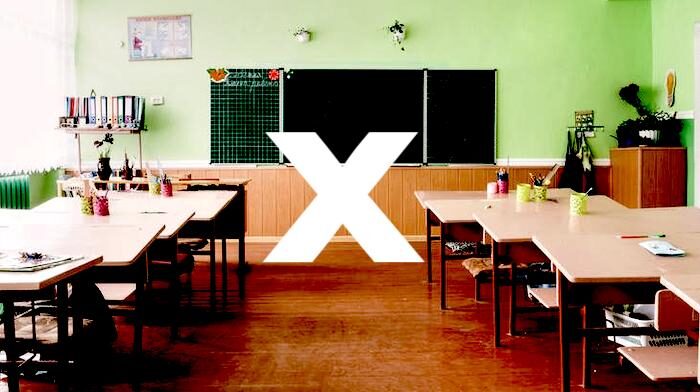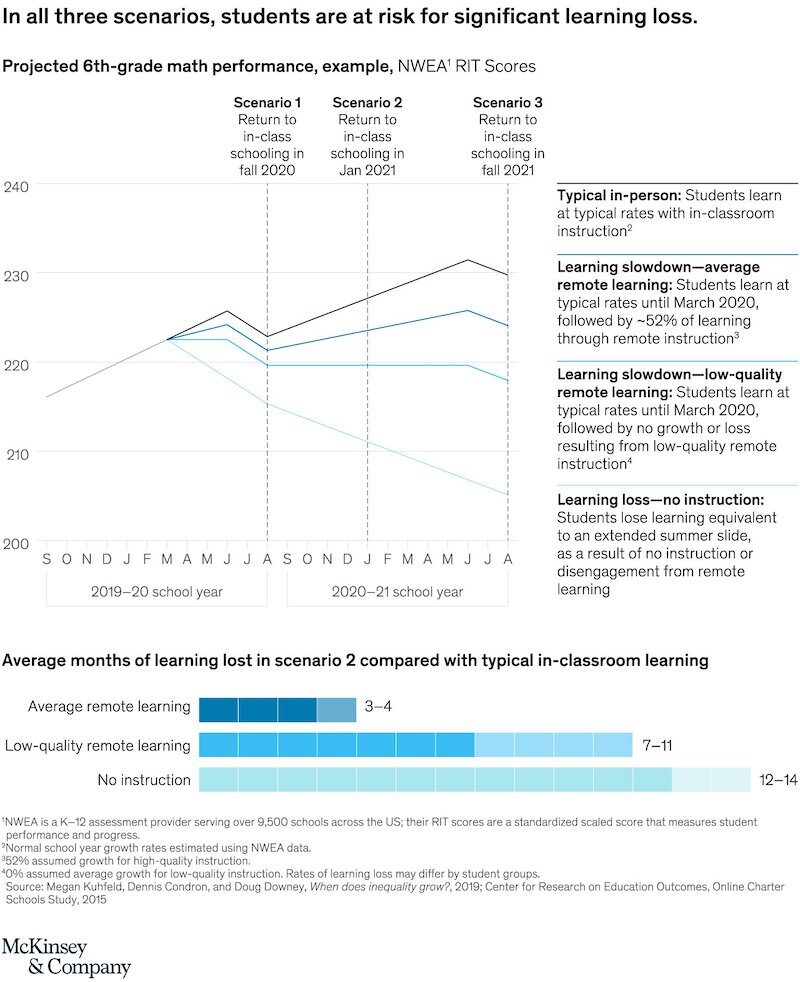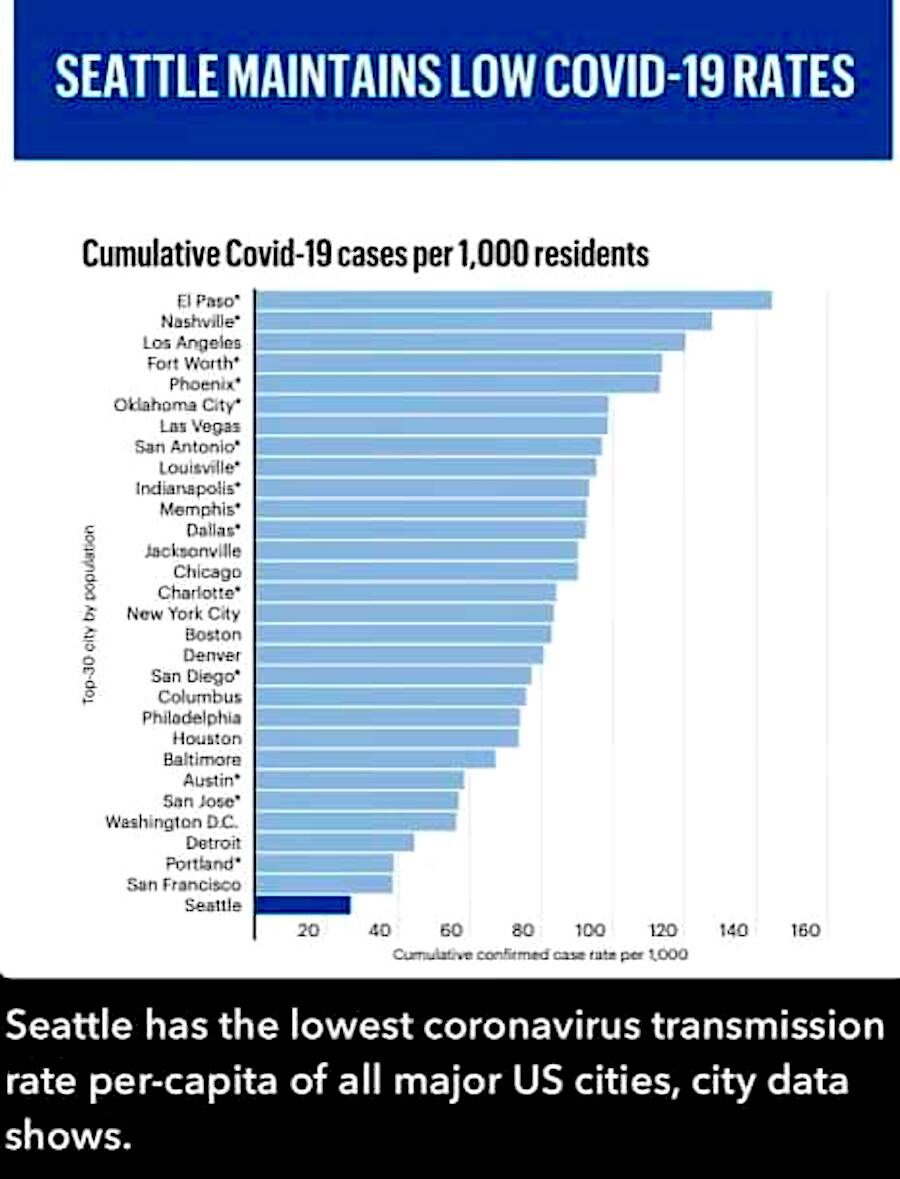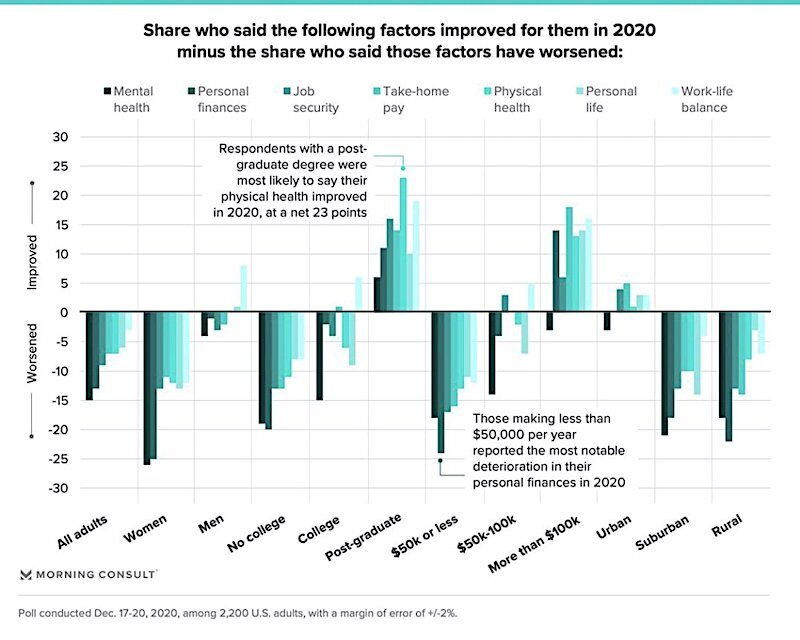Last week, it was announced that the scheduled reopening the week of March 1 had been delayed and now rumors are circulating that rumors students may have to wait until the Fall of 2021 before returning to in person instruction. This despite the fact that the Seattle School District has been preparing buildings for students and teachers to return to in-person learning once Seattle Public Schools started talking of plans to reopen schools in phases back in December.
"Buildings are ready with personal protective equipment (PPE); health and safety protocols are in place; plans for student transportation and meals are in place," the district said in its statement.
While union members continue to claim this is all "for the kids" a study done by McKinsey and Company demonstrated that a fall 2021 start would mean student's learning skills will be way behind for an entire generation of public school kids.
Private schools have been open across the Greater Seattle area since the fall. Last week, Seattle Mayor Jenny Durkan boasted about Seattle having the lowest COVID case count of any major city in the US. Governor Jay Inslee called for schools to reopen and then advocated for 'testing' the models to make sure it could be done safely even though to date there has not been a single outbreak reported attributed to any school which has been open in Washington state.
And yet, only 17 percent of Seattle Public School (SPS) teachers are ready to return to in-person instruction
"as soon as all educators have had the option to be fully vaccinated and 8 percent are ready as soon as all educators and their families have had the option to be fully vaccinated."Another 30 percent are ready to return to in-person instruction as soon as all educators have had the option to be fully vaccinated and 'equity issues' and 'workload' are addressed.
35 percent don't believe a return to in-person instruction should be considered this spring regardless of vaccinations and other issues. "The benefits of returning to in-person do not outweigh the costs (e.g. disruption to learning, unknown health risks)."
In The Truth About Kids, School and COVID-19, Derek Thompson of The Atlantic notes multiple studies that show little to no risk to children and staff. The Centers for Disease Control and prevention said earlier this month that that in-person schooling can resume safely with masks, social distancing, and other safety measures but vaccination of teachers is not a prerequisite for reopening schools.
In a November article in the Washington Post Emily Oster, a professor of economics at Brown University, and co-founder of the website Covid-Explained, argued that schools are not spreading COVID 19:
"If we are looking for ways to control community spread, shutting down schools is not the answer. Other measures, focused more on the locations and activities known to have "superspreader" potential, would do much more to curb the pandemic.Private schools are telling parents to make sure to re-enroll early for fall 2021 due to the demand of so many families switching out of the public schools and seeking other options.
"This is where New York City is making a mistake: It is closing schools because city case rates are rising, not because of any evidence that schools are spreading the disease. What the data increasingly shows is that the best way to protect teachers and students isn't to shut down schools. It's to focus on all the measures that will keep them — and their families, friends and neighbors — safe outside the classroom."
Depression, anxiety, substance abuse and child/teen suicide all spiking 30-40 percent in the wake of the closures. According to CDC data, suicide is the second-leading cause of death among young people aged 10 to 24.
According to Steve Murch, a Seattle based entrepreneur and software leader who has studied the reopening data added:
"Children and teens under 18 are less susceptible to infection, less likely to experience severe symptoms, and far less likely to be hospitalized or die. Yes, there are risks for teachers and staff. But vaccinations are here for those who fall into the most vulnerable brackets, and very much on their way for those who do not. Yet at this writing, Seattle Public Schools and the Unions have not even reached an agreement stating that even after being offered vaccination (nor even a second dose) will they will return."








Comment: Facts should be the decider. It's a job; take it or leave it.